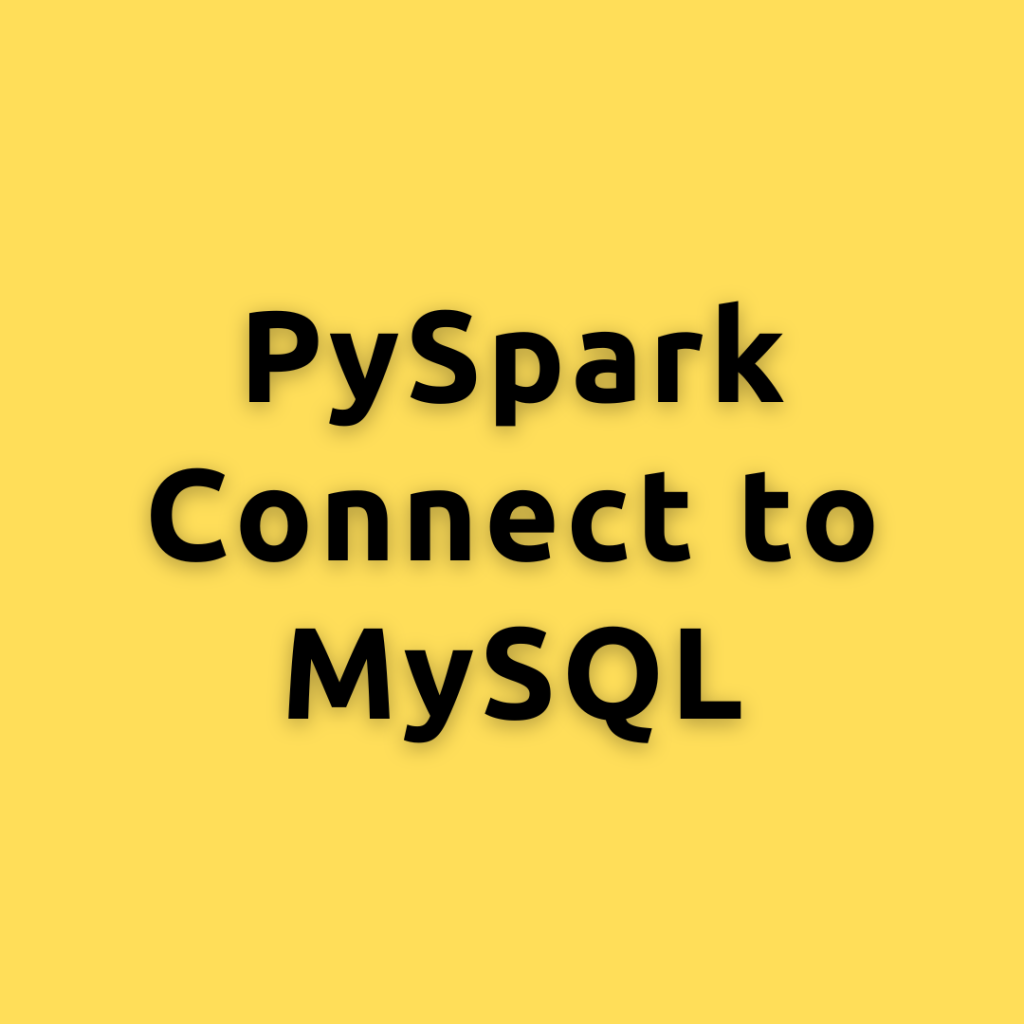PySpark Decision Tree – How to Build and Evaluate Decision Tree Model for Classification using PySpark MLlib
How to build and evaluate a Decision Tree model for classification using PySpark’s MLlib library. Decision Trees are widely used for solving classification problems due to their simplicity, interpretability, and ease of use. PySpark’s MLlib library provides an array of tools and algorithms that make it easier to build, train, and evaluate machine learning models …
























